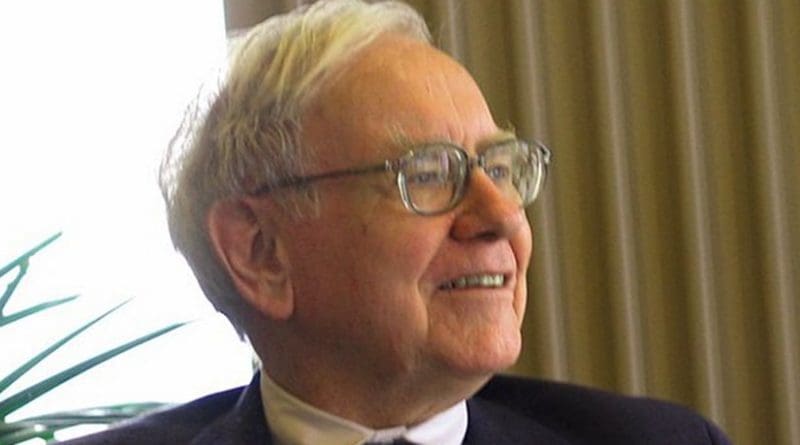Retire The Warren Buffett Way?
By IESE Insight
As far as asset allocation advice goes, 90 percent in stocks sounds pretty aggressive. But IESE professor Javier Estrada thinks that the strategy has something going for it — even for retirees.
In his article for The Journal of Wealth Management, titled “Buffett’s Asset Allocation Advice: Take It . . . With a Twist,” Estrada argues that a 90/10 (stock/bond) allocation has a low failure rate, good downside protection, and high upside potential — a winning combination.
And the twist? Estrada suggests retirees keep an eye on stock market performance over the previous year when they choose whether to take their annual withdrawal from the stocks or from the bonds in their portfolio. The twist aims to avoid selling stocks when they are down, while trying to roughly stick to the 90/10 balance over time.
Asset Allocation for the Long Haul
Asset allocation is one of the most important investment decisions for retirement. Some financial advisers suggest that retirees progressively move out of stocks and into bonds, for safety’s sake, as they get older.
But Estrada and others argue that such a policy is not necessarily the best. In past articles, Estrada has made a case for investing more heavily in stocks. If a large nest egg is the goal, stocks are not necessarily riskier than bonds, just more volatile, he emphasizes. In fact, when Estrada crunches the numbers, he finds that long-term investments in stocks tend to fund wealthier retirements than bonds do.
Estrada’s idea for this article comes from Warren Buffett’s 2013 letter to Berkshire Hathaway shareholders in which the Oracle of Omaha explained that, in his own will, he was instructing the trustee in charge of his wife’s inheritance to put 10 percent in cash and 90 percent in the U.S. stock market.
Estrada notes that 100 percent in stocks has a historical tendency to outperform the 90-10 allocation recommended by Buffett over the course of a 30-year retirement, at least when it comes to some important variables largely related to upside potential. And yet, he also notes that 90-10 offers better downside protection than the 100-0 strategy. In sum, “Buffett’s suggested allocation seems to provide a middle ground between the best performing strategy (100/0) in terms of upside potential and the best performing strategies (60/40 and 70/30) in terms of downside protection,” Estrada writes.
And that leads to his twist. By looking at the stock market performance over the previous year, Estrada suggests that retirees take their annual withdrawal from bonds when stocks have performed badly in either absolute or relative terms. The simple idea is to give stocks time to recover. With the dynamic twist, Estrada reports a strategy with both higher upside potential and a slightly better downside protection than those for the 90/10 stock/bond portfolio.
Backing up Estrada’s advice is an analysis of U.S. stock market data from 1900 to 2014. He breaks this down into 86 rolling 30-year retirement periods, each starting with a portfolio worth $1,000. He assumes a 30-year retirement period, a 4 percent initial withdrawal ($40), subsequently annually adjusted by inflation, and annual rebalancing.
On average, investors following the simpler twist proposed end up with a higher inheritance, more upside potential, and better downside protection than they would if they followed either a 90/10 or a 60/40 split. Thus, any investor aggressive enough to find a 90/10 allocation acceptable would be better off by implementing this strategy, with a little twist.


I don’t understand how anybody can invest anything in bonds. Bonds will soon collapse as I’ve been predicting for the last five years when the Fed raises interest rates. I currently keep 30% of my assets in low rate CDs, but I don’t have to worry about Fed actions.